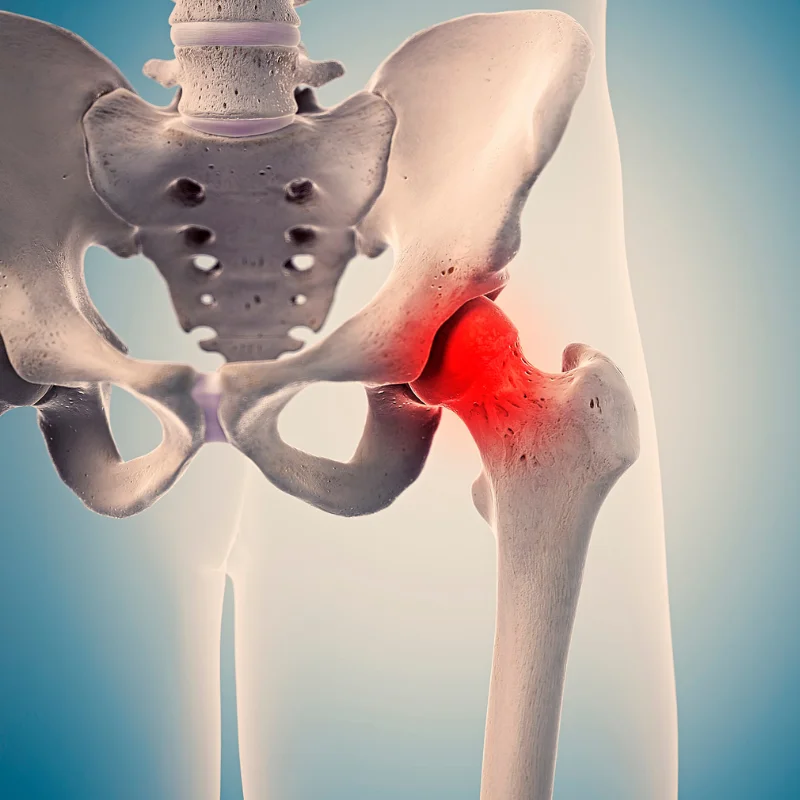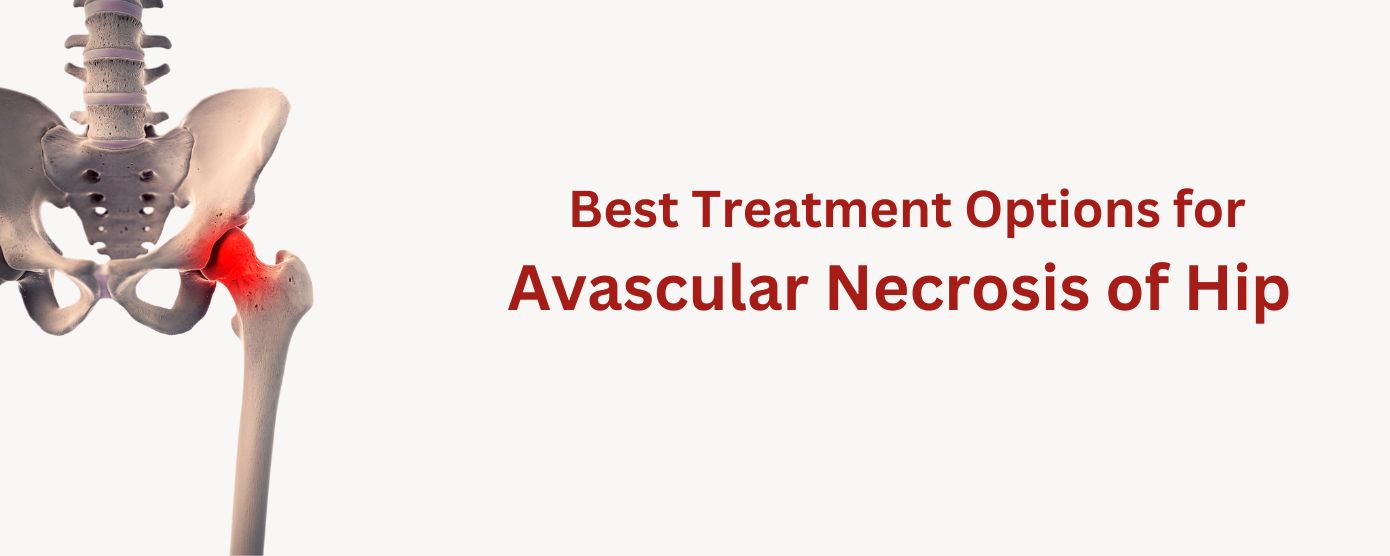
Avascular Necrosis of Hip Treatment in Guntur, Vijayawada, Andhra Pradesh
Best AVN of hip treatment in Guntur, Vijayawada, Andhra Pradesh
Embark on a journey to happy hips with our leading Avascular Necrosis (AVN) treatment center in Guntur, Vijayawada, Andhra Pradesh. Specializing in AVN of the hip, our best hip surgeon Dr Potla Sivaiah employs cutting-edge techniques like core decompression and hip-preserving surgeries. As the foremost and best AVN treatment hospital in the region. From non-surgical interventions to personalized rehabilitation plans, our comprehensive approach ensures the best outcomes for AVN management. Navigate towards lasting relief and restored hip health with our top-notch AVN treatments.
Explore the best AVN of hip treatment options in Guntur, Vijayawada, Andhra Pradesh, where expertise meets excellence, and targeted solutions cater to your specific AVN needs. Trust in our specialized care to address the intricacies of AVN, offering advanced medical interventions and personalized recovery plans. Take the first step towards renewed hip health by consulting with our experienced team for the most effective AVN treatments tailored to your individual case, ensuring a path to optimal well-being.

Best AVN treatment in Vijayawada
Happy Hospotals aka SRJRC offers the best AVN treatment in Vijayawada. Experience cutting-edge Avascular Necrosis (AVN) of the hip treatment in Vijayawada at our specialized center. Focused exclusively on hip interventions, our top hip surgeon Dr Sivaiah Potla employs advanced techniques, from non-surgical modalities to sophisticated procedures like core decompression and hip replacement. Tailored for individual needs, our approach prioritizes effective hip AVN management, offering personalized treatment plans. Emphasizing holistic care, we integrate targeted rehabilitation strategies for prompt and comprehensive recovery. Choose our expertise for unparalleled Avascular Necrosis of the hip treatment in Vijayawada, where precision and compassion converge on the path to restore hip health. Schedule your consultation today for specialized and effective AVN treatment options.
Best AVN treatment in Guntur
Discover leading Avascular Necrosis (AVN) of the hip treatment in Guntur, Specializing in hip-focused interventions, our top hip surgeon in Guntur Dr Sivaiah Potla utilizes cutting-edge techniques, from non-surgical options to advanced procedures like core decompression or hip replacement. Tailored to individual needs, our treatments prioritize effective hip AVN management. With a commitment to holistic care, we provide personalized rehabilitation strategies for a swift recovery. Trust us for unparalleled expertise in addressing Avascular Necrosis of the hip in Guntur, where precision meets compassion, ensuring a path to renewed hip health. Book your consultation today for comprehensive and effective AVN treatment in Guntur.
Best AVN Treatment in Andhra Pradesh
Choose the foremost and best Avascular Necrosis (AVN) treatment in Andhra Pradesh at our leading facility. Renowned for excellence, our expert team offers diverse treatment options, ranging from non-surgical approaches to advanced procedures like core decompression. Tailored to individual cases, our comprehensive care ensures optimal outcomes. Recognized as the best AVN treatment hospital in Andhra Pradesh, we integrate cutting-edge technology with a patient-centric approach. Trust us for personalized and effective AVN management, where excellence meets compassion. Consult with our specialists to explore the finest AVN treatment options in Andhra Pradesh, bringing relief and renewed health within a comprehensive and patient-focused framework.

Causes and Risk Factors
The exact cause of avascular necrosis is not always known, but several factors can increase the risk of developing the condition, including:
1. Trauma: Injury to the bone, such as a fracture or dislocation, can damage blood vessels and disrupt blood flow.
2. Chronic Corticosteroid Use: Prolonged or high-dose use of corticosteroid medications can increase the risk of avascular necrosis.
3. Alcohol Abuse: Excessive alcohol consumption can impair blood flow and increase the risk of developing the condition.
4. Medical Conditions: Certain medical conditions, such as sickle cell disease, lupus, HIV infection, and autoimmune disorders, can contribute to avascular necrosis.
Symptoms of Avascular Necrosis
In the early stages, avascular necrosis may not cause any symptoms. However, as the condition progresses, symptoms may include pain, stiffness, limited range of motion, and joint instability. The symptoms can worsen over time, leading to difficulty with weight-bearing and daily activities.
Diagnosis of Avascular Necrosis
Avascular necrosis is typically diagnosed through a combination of medical history, physical examination, and imaging tests. X-rays, magnetic resonance imaging (MRI), and bone scans can help visualize the affected bone and assess the extent of the necrosis.
Treatment of avascular necrosis aims to relieve pain, improve function, and prevent further damage to the affected joint.
Medications: Nonsteroidal anti-inflammatory drugs (NSAIDs) or other pain medications can help manage pain and inflammation.
Physical Therapy: Exercises and physical therapy can help improve joint mobility, strength, and function.
Electrical Stimulation Therapy: This therapy uses low-level electrical currents to stimulate bone growth and improve blood flow.
Stem Cell Therapy: In some cases, stem cells may be injected into the affected bone to promote healing and regeneration.
Rest and limited weight-bearing: Limiting weight-bearing activities can help to reduce stress on the affected bone, allowing it to heal. Crutches or a walker may be necessary to avoid putting weight on the affected leg.
Bone Grafting: Bone grafting is a surgical procedure commonly used in the treatment of avascular necrosis (AVN) to help regenerate and strengthen the affected bone.
Core Decompression: This surgical procedure involves removing a portion of the damaged bone to reduce pressure and improve blood flow.
Joint Replacement: In advanced cases where joint damage is severe, joint replacement surgery may be necessary to replace the affected joint with an artificial joint (prosthesis).
Dr Sivaiah Potla M.S(Ortho) FAJR(Singapore,Germany,U.S.A), chief joint replacement surgeon and founder of Happy Hospitals a.k.a Shri Ramchandra Joint Replacement Center in Guntur, Andhra Pradesh, India is helping many patients suffering with hip pain and avascular necrosis of hip and relieved them from hip pain by providing comprehensive range of treatment options, he has done 10000+ joint replacement surgeries and 2000+ knee arthroscopy and hip arthroscopy surgeries, and robotic joint replacements and complex revision knee replacement and complex revision hip replacements with 99% success rate. He is also conducting Hip awareness camp and free hip replacement consultation for COVID warriors and suffering with hip pain, avascular necrosis of hip or AVN of hip or osteonecrosis of hip.
Care for AVN of hip or Avascular Necrosis of Hip
Avoiding high-impact activities that place stress on the hip joint, such as running or jumping.
Maintaining a healthy weight, as excess weight can put additional pressure on the hip joint.
Quitting smoking, as smoking can impair blood flow and increase the risk of complications.
Taking medications as prescribed by orthopaedic doctor and attending regular check-ups to monitor the progression of the disease.
Engaging in low-impact exercise, such as swimming or cycling, to maintain joint flexibility and strengthen the muscles around the hip joint.
Using assistive devices such as crutches or a walker, as recommended by orthopaedic doctor, to avoid putting weight on the affected leg.
Ensuring adequate nutrition and hydration to support bone health and overall well-being.
It's important for patients with AVN of the hip to work closely with your orthopaedic surgeon or joint replacement surgeon to develop an individualized care plan that best suits you.
Book appointment with our best joint replacement surgeon Dr Sivaiah Potla
FAQs of Avascular Necrosis of Hip or AVN of Hip
Avascular necrosis (AVN) cannot be fully cured without surgery. Non-surgical treatments can help manage symptoms and slow down the progression of the condition, but surgical intervention is often necessary to address the underlying cause and promote healing of the affected bone.
Avascular necrosis (AVN) can be diagnosed through imaging tests such as X-rays, magnetic resonance imaging (MRI), or bone scans, which can detect changes in the affected bone. A thorough medical history and physical examination are also important for diagnosis.
There are several types of avascular necrosis (AVN), including traumatic AVN caused by injury or trauma to the bone, non-traumatic AVN associated with medical conditions or medications, and secondary AVN resulting from treatments like radiation therapy or chemotherapy.
Avascular necrosis (AVN) of the hip can cause significant pain, ranging from mild discomfort to severe, debilitating pain that can interfere with daily activities. The level of pain depends on the stage of necrosis.
Avascular necrosis (AVN) typically progresses through four stages: initial stage with no visible changes on imaging, early stage with minor changes, advanced stage with significant bone damage, and end-stage with collapse or deformity of the affected bone.
The cost of Avascular Necrosis of hip treatment in Guntur ranges from 80,000 to 5 lakhs. It depends on whether patient need to undergo surgical or non-surgical treatment or joint preservation treatment, best advised by orthopaedic surgeon.Avascular necrosis (AVN) typically progresses through four stages: initial stage with no visible changes on imaging, early stage with minor changes, advanced stage with significant bone damage, and end-stage with collapse or deformity of the affected bone.
.webp)
.webp)






